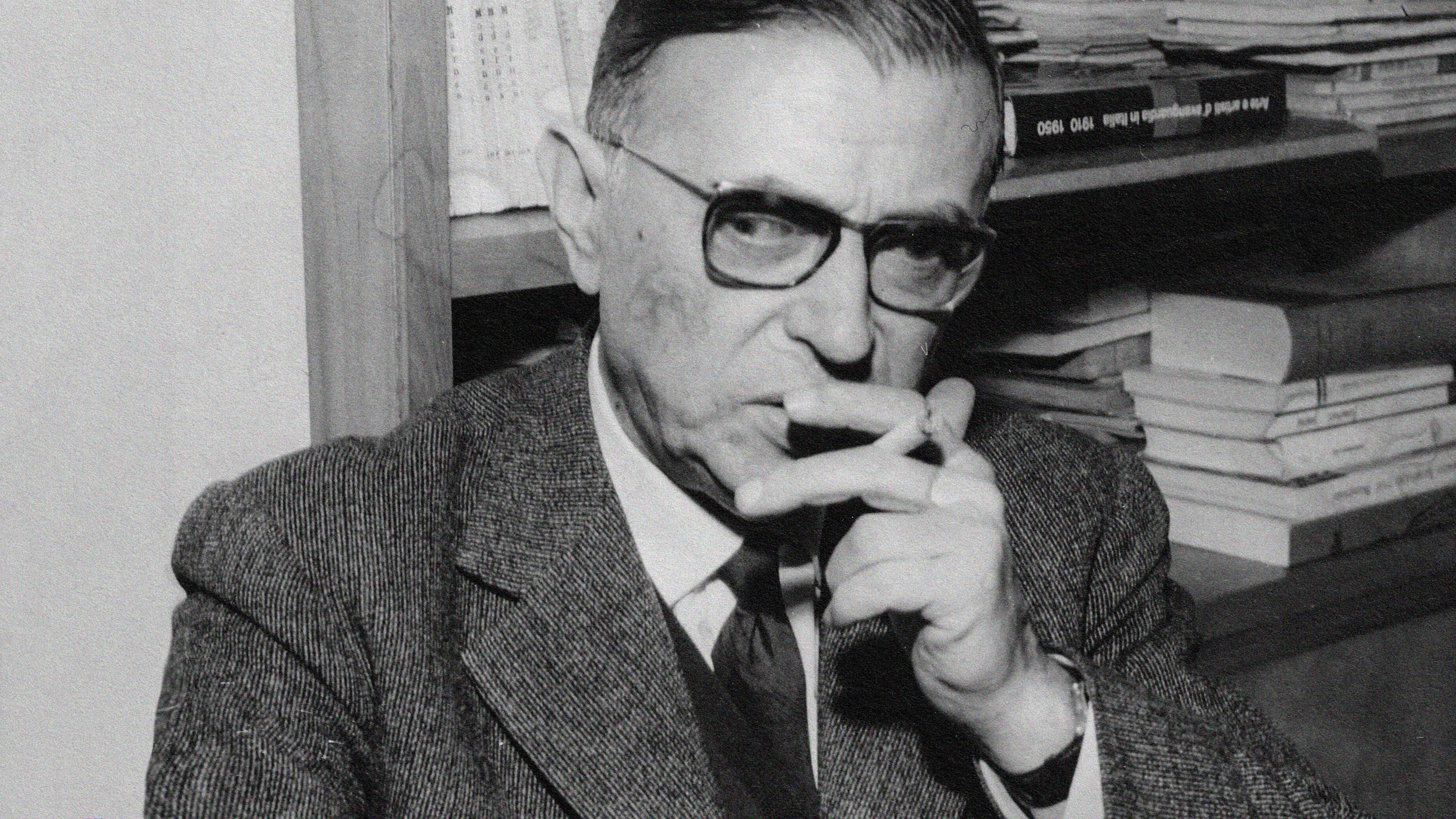How Much Violence Is Being Committed In Your Name?
My neighborhood is a tranquil place—the sort of area where you watch images of war and oppression from far away. Those columns of black smoke, the men riding by with their Kalashnikovs at at the ready, seem to come from another world. And, as always in such situations, such unfamiliar people are easily made to feel as if they are Not Like Us. We, after all, get into political shouting matches and root for opposing teams. They shoot and bomb each other. What is wrong with such people? But the differences between a peaceful street in, say, Belgium and a war-torn street in Iraq are deceptive. We live in a single world of organized mayhem. It’s just that those of us who live in comfortable local circumstances are separated from all the actual and potential brutality that is required to maintain our quiet oases.
How to express this, and analyze it? Perhaps we could use data to put all the world’s collective violence—the work of armies, police forces, bandits, guerrilla bands, terrorists and other any other organization that wields lethal force—on a single scale. A single metric might be the amount that any population spends, per person, on committing violence in the name of that population. I’ll take myself as an example. I live in New York City. So, let’s take the annual budget of the police force here. In 2014 its budget (pdf) was $4.75 billion. Of course, most of that money was spent on non-violent activities, like detective work, traffic enforcement, school safety, refurbishing dowdy buildings and so on and on. Let’s assume for the sake of argument that only 10 percent of the budget actually supports violence—acts in which the police beat, choke, taze, shoot or otherwise hurt people (or seriously threaten to do so). If that’s correct, that’s $460 million, divided by 8 million people, or a little less than $60 a year per person.
In addition, according to this report (pdf) New York state spent another $5 billion in 2013-2014 on public safety—state troopers, prison guards, the national guard, anti-terrorism investigators, and so on. This spending covered disaster preparedness and relief, and of course much of the work of these units of government does not involve hurting others (the state’s public-safety budget also includes all it does to help veterans). So again let’s assume 90 percent of the money does not buy bullets or tasers or pay for time spent inflicting harm on others. That leaves $500 million, divided by 19.65 million New York State residents, or $25 per person spent for violent acts or the credible threat of violent acts.
Now we come to the big, ahem, guns. The United States defense budget for the coming fiscal year is $495.6 billion. Divided by a population of 317 million, that’s roughly $1,500 per person. But, again, defense spending encompasses disaster relief, basic scientific research, medical care, pensions—all manner of activities that do not involve firing bullets into people or dropping bombs on them. Let’s take, again, my quite rough guess that only 10 percent of spending supports organized lethality. That’s $150 per person on the Federal level.
According to this very rough guess, them, as I walk down my peaceful Brooklyn street, watching the children play without a care, various levels of government that represent me are spending about $240 a year—or $20 a month—on me alone, to pay for violent acts. To buy and maintain drones and missiles, fighter jets and battleships, sniper rifles and rocket-propelled grenades, rifles and service revolvers, bullets, tasers, pepper spray, tasers and other tools of organized lethality. And, of course, for the pay and maintenance of the people who use them. For my family of three, this collective commitment to violence costs $60 a month.
Now, this calculation is a thought experiment. An analysis based on really careful parsing of government spending might come out lower, or higher, by a lot. Moreover, I haven’t allowed for the fact that within the nation police don’t protect all 317 million Americans equally. The police in any given area are spending their time protecting some people against others. That this line of protection is heavily racialized is increasingly obvious. How to work that fact into the estimates is not clear to me.
But more accurate figures, whatever they might come to, would still represent a very large amount of annual spending for the purpose of either threatening or inflicting injury on people all over the world, from Raqqa to Rikers. I don’t write this to argue that all of those people are innocent victims, or that we should never do violence. But we should face up to the world we really live in, and the things that are done in it, in our name. We should not be like the young student in Tolstoy’s After the Dance, content with life and full of romantic notions, because he doesn’t see the brutality all around him. The angry man in the Mad Max truck on the evening news is no alien. In a bloody, angry world, we are all playing the same game.
Illustration: Scene from After the Dance, via Wikimedia.
Follow me on Twitter: @davidberreby





